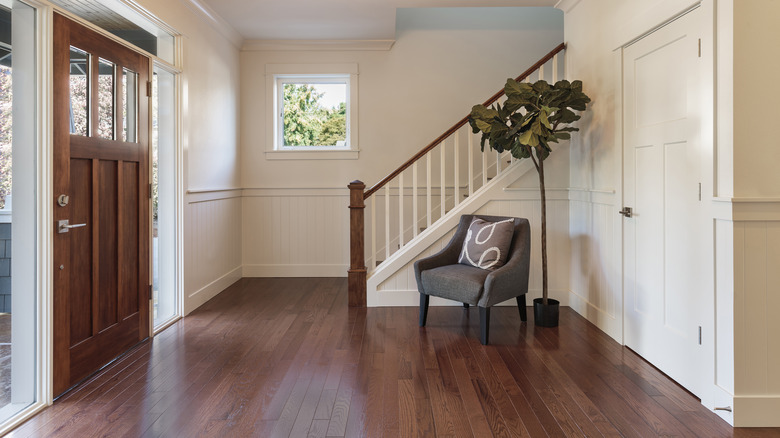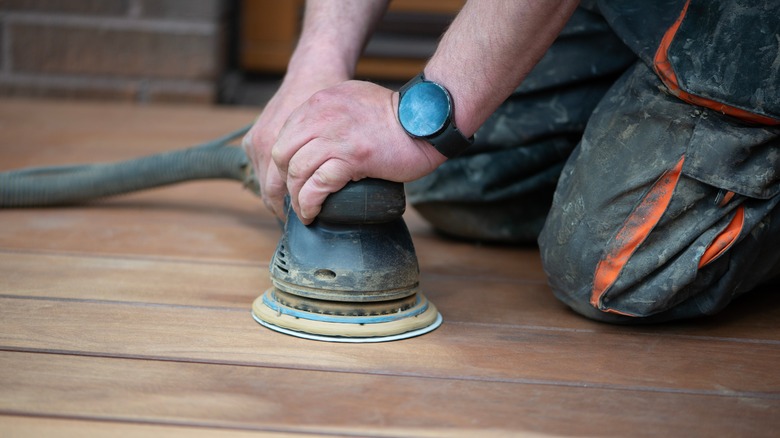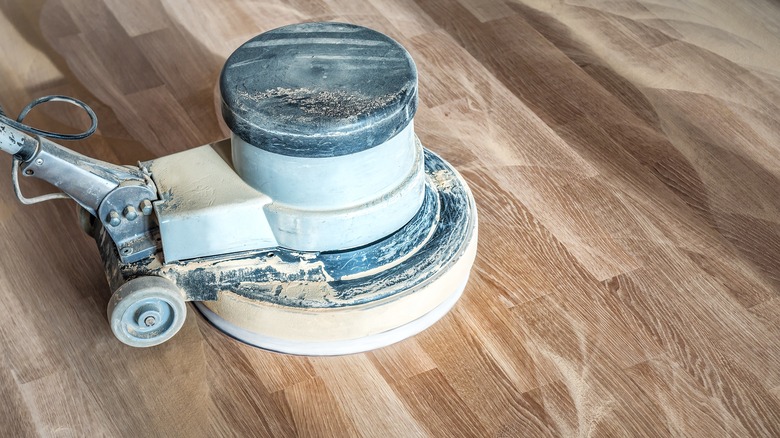Think Twice Before Making This Big Mistake With Your Wood Floors
Is your wood flooring starting to look dull or show signs of wear and tear? It can be hard to keep your wood floors looking new, especially if you live in a place that experiences extreme seasonal changes. This is due to these floors' porous nature, making them extremely susceptible to damage from excess moisture, scratches, and changes in color. If you're looking to breathe new life into your wood floors, don't rush to sand them! Many assume this process will help give a fresh surface they can then stain or polish, but sanding poses risks of permanent damage to the boards, risk of fire, and increased amounts of dust in your space.
Before coming up with a plan of attack, it's important to understand the recommended care and maintenance for your specific type of floor. For example, the two main options are solid and engineered wood varieties, as well as more specialty options like bamboo, parquet, and cork. The main difference between the two primary options is that solid wood floors are comprised of one single piece of material, while engineered have several layers within their makeup to provide varying strengths and thickness levels. All options, including specialties, can be sanded, but each requires a different approach to guarantee there's no lasting damage.
Why you should avoid the mistake of sanding wood floors
To understand why it's risky to sand floors, it's important to learn more about the actual process and what it does to the wood. Essentially, sanding involves using abrasive sandpaper and powerful tools to remove the top layer of wood, though professionals usually only take off around 1/16 of an inch of the material itself. It's common for sanding of edging and corners to be done separately with an edging tool, while the main section of flooring is broken down with a drum sander.
However, hardwood floors can only be refinished so many times before there is a serious risk of structural damage and issues like cracking and splintering. It can be challenging to know how many times your floor will be able to withstand sanding, as the process depends on the original thickness, how many times it has been treated previously, and the level of damage overall.
One of the biggest mistakes individuals make when trying to sand floors at home is taking too much off of the wood or causing irreversible marks on the boards. Most people who attempt this at home have minimal experience working with the industrial tools used for sanding and use too much pressure on the first passes with fresh sandpaper. This is a recipe for disaster and will require a professional's help, if not a replacement. There's also a risk of fire occurring during floor sanding due to the dust and high temperatures created by the friction.
Proceed with caution when sanding wood floors
For those who still want to tackle a DIY wood floor refinishing project, researching beforehand and adequate preparation is the key to success. Remember to completely clear the space out of any furniture, wall decorations, or knick-knacks, and be aware you may need to remove baseboards to achieve a smooth, even finish. You can also practice with a test run on a small area that's not visible or usually hidden under furniture to get a good feel for the process before diving right in.
If you have any hesitation at all about sanding your floors, reach out to a professional for assistance. For instance, some floors may not need sanding at all and might benefit from buffing instead. Buffing differs from the former in that it is a less aggressive approach that repairs minor scratches and helps bring a shine back to the boards.
It can also be extremely dangerous to work on wood found in older homes (typically built before the 1980s), as there is a risk of running into toxins like lead or asbestos in the dust particles. It can be truly rewarding to work around the house and complete projects on your own, but sanding is a complex and involved refinishing task that's best left to the flooring professionals.


